Growing Environmental Awareness
The growing environmental awareness among consumers and industries is a key driver for the Chemical Sensors for Gas Market. As concerns regarding air quality and pollution rise, there is a heightened demand for effective monitoring solutions to detect harmful gases. Regulatory bodies are implementing stricter environmental regulations, compelling industries to adopt chemical sensors for compliance. This trend is evident in sectors such as waste management and energy production, where monitoring emissions is critical. The market for environmental monitoring sensors is anticipated to grow significantly, with estimates suggesting a growth rate of approximately 8% over the next few years. This increasing focus on sustainability and environmental protection is likely to bolster the demand for chemical sensors.
Expansion of Industrial Applications
The expansion of industrial applications for chemical sensors is contributing to the growth of the Chemical Sensors for Gas Market. Industries such as food and beverage, pharmaceuticals, and automotive are increasingly utilizing gas sensors for quality control and safety monitoring. The need for precise gas detection in these sectors is driving innovation and the development of specialized sensors tailored to specific applications. For instance, the food industry requires sensors that can detect spoilage gases, while the pharmaceutical sector needs sensors for monitoring production environments. This diversification of applications is expected to enhance market opportunities, with projections indicating a growth rate of around 5.5% in the coming years, as industries recognize the value of chemical sensors in maintaining product quality and safety.
Rising Demand for Safety and Security
The increasing emphasis on safety and security across various industries appears to drive the Chemical Sensors for Gas Market. Industries such as oil and gas, manufacturing, and chemical processing are prioritizing the detection of hazardous gases to prevent accidents and ensure worker safety. According to recent data, the market for gas detection systems is projected to grow at a compound annual growth rate of approximately 6.5% over the next few years. This trend indicates a robust demand for advanced chemical sensors that can provide real-time monitoring and alerts, thereby enhancing operational safety. As organizations strive to comply with stringent safety regulations, the adoption of chemical sensors is likely to become more prevalent, further propelling market growth.
Technological Advancements in Sensor Technology
Technological advancements in sensor technology are significantly influencing the Chemical Sensors for Gas Market. Innovations such as nanotechnology and smart sensors are enhancing the sensitivity and selectivity of gas detection systems. These advancements enable the detection of lower concentrations of gases, which is crucial for applications in various sectors, including environmental monitoring and industrial safety. The market is witnessing a shift towards more sophisticated sensors that integrate artificial intelligence and machine learning for improved data analysis and predictive maintenance. As a result, the market for chemical sensors is expected to expand, with a projected growth rate of around 7% annually, reflecting the increasing reliance on advanced technologies for gas detection.
Increased Investment in Research and Development
Increased investment in research and development is a significant driver for the Chemical Sensors for Gas Market. Companies are allocating substantial resources to innovate and improve sensor technologies, aiming to enhance performance and reduce costs. This focus on R&D is fostering the development of next-generation sensors that offer improved accuracy, reliability, and ease of use. Furthermore, collaborations between academic institutions and industry players are facilitating the exchange of knowledge and technology, leading to breakthroughs in sensor design and functionality. As a result, the market is likely to witness a surge in new product launches and advancements, with an anticipated growth rate of approximately 6% in the coming years, reflecting the industry's commitment to innovation.

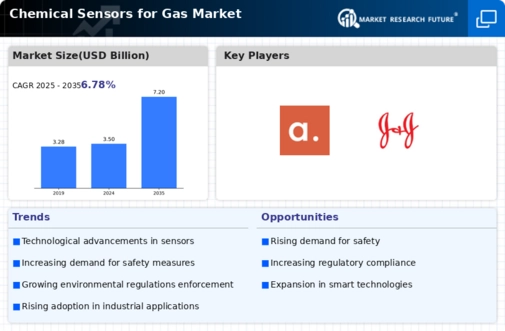
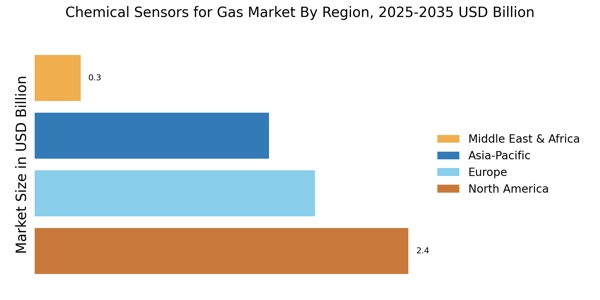
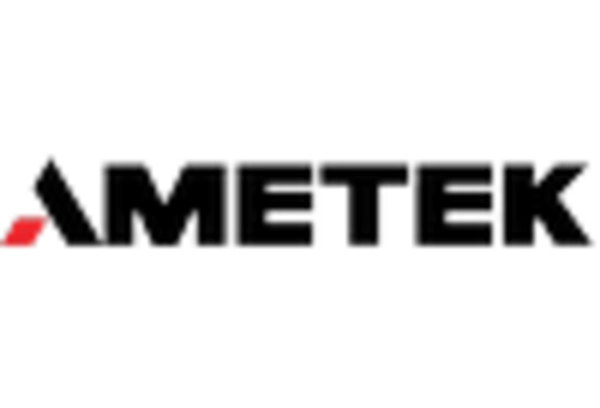
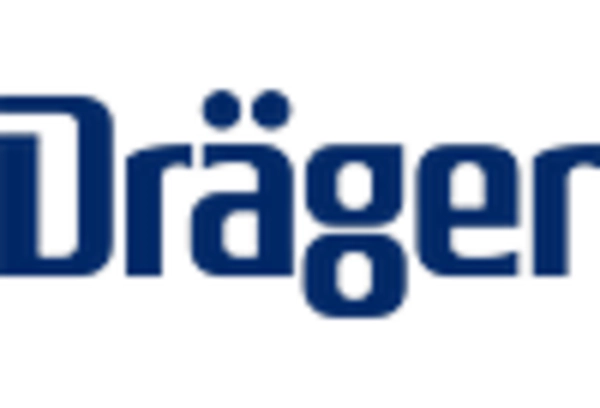
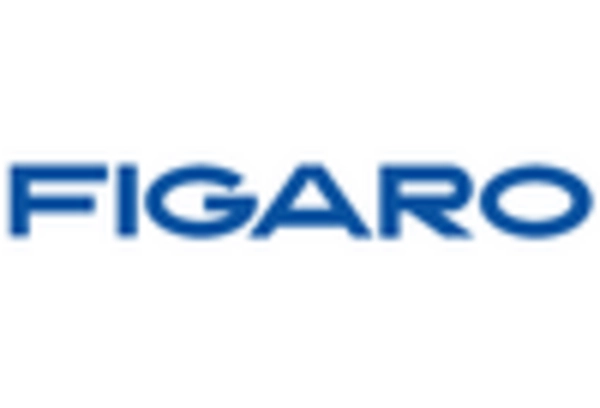

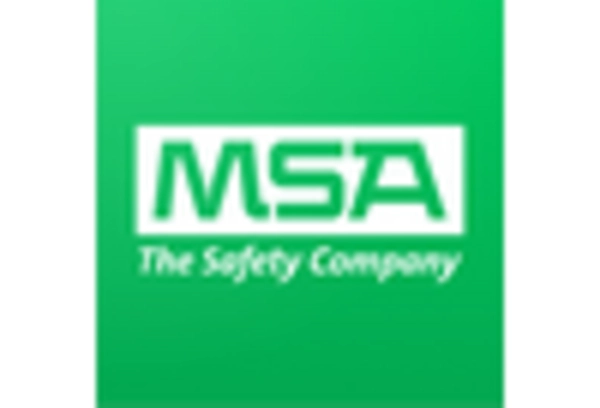
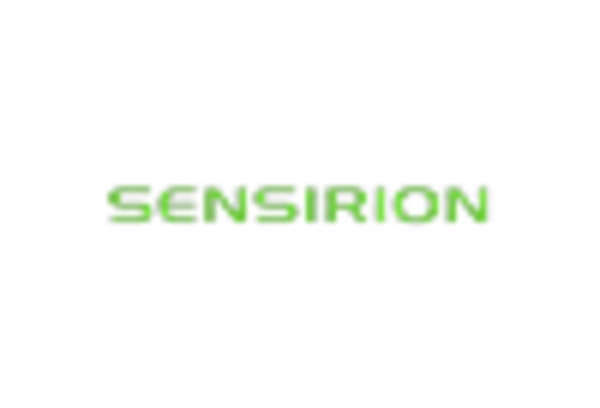








Leave a Comment